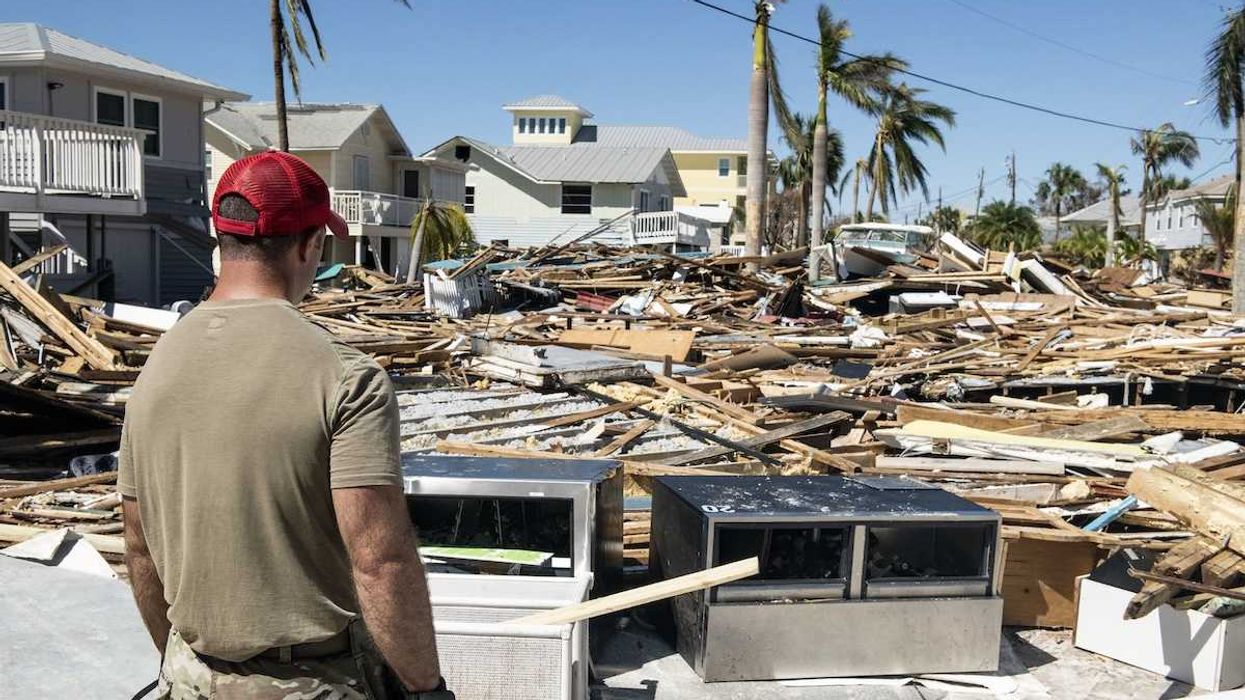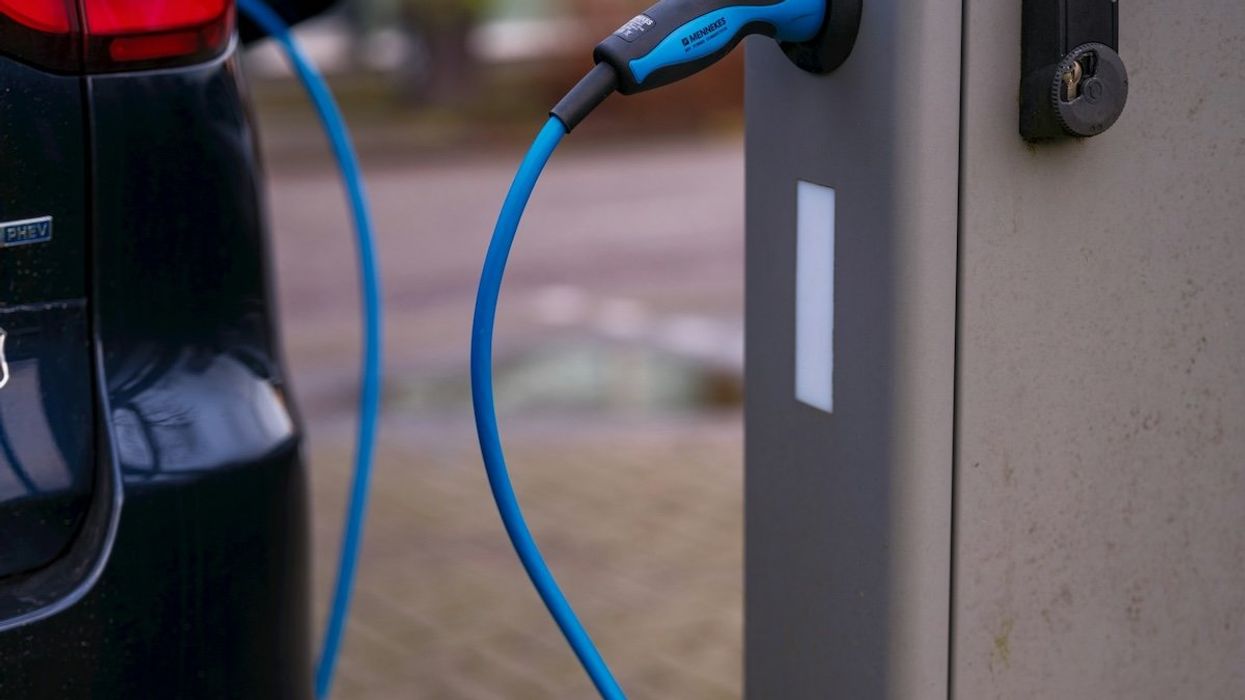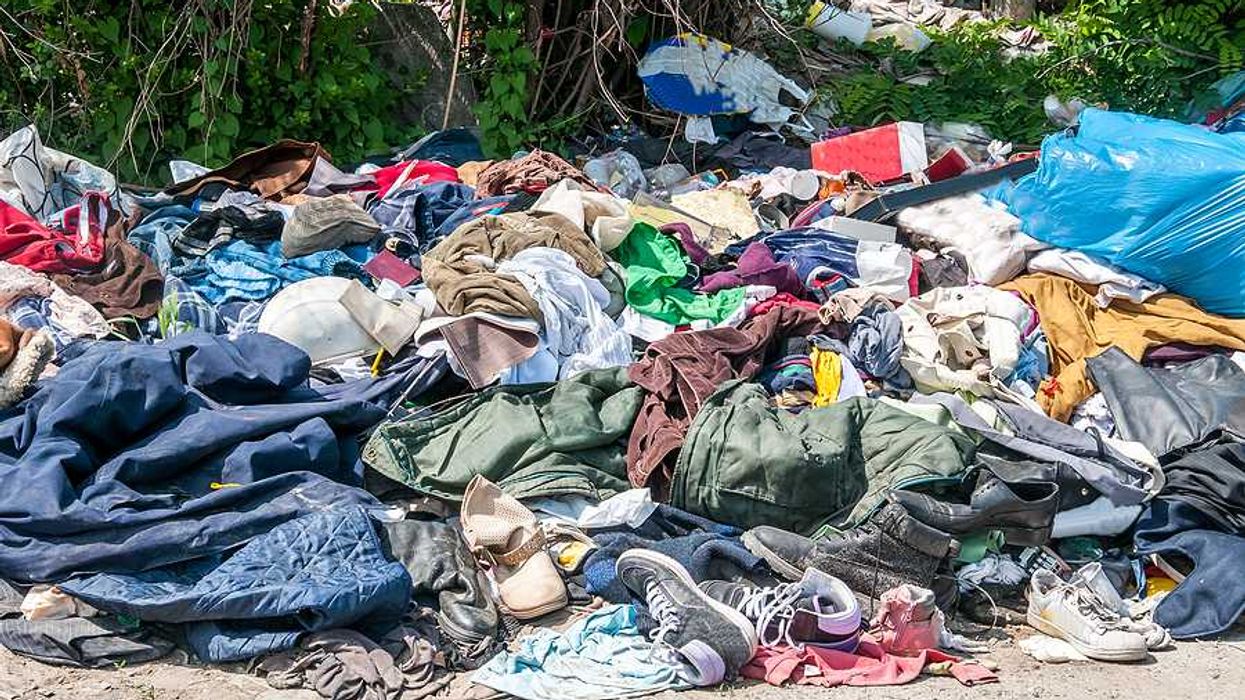A new study published in Journal of Hazardous Materials suggests that patients can be exposed to micro- and nanoplastics (MNPs) via the saline solution used in IV treatments.
In short:
- Plastic tubing attached to IV bags served as the main source of exposure.
- MNP levels were highest in the first 12 mL of fluid passing through the tubing.
- In addition to discarding those first 12 mL of fluid, the study authors recommend reducing any non-essential IV treatments and expediting healthcare regulations that mitigate the risk of MNP exposure.
Key quote:
“Given the adverse effects of MNPs on human health and the compromised immune systems of many patients undergoing IV therapy, understanding the levels of MNPs directly exposed to human blood by medical devices during the IV process is significant for medical treatment.”
Why this matters:
Plastic use has continued to grow exponentially since the mid-twentieth century, with nearly a metric ton of plastic waste produced for every person on the planet. Recent studies have confirmed that microplastics are present in everything from bottled water to meat and all parts of the human body that have been examined. The questions this study raises about the role of medical treatments in patients’ exposure to microplastics highlight the pressing need for additional research and regulatory action.
Related EHN coverage:
- Patients may be exposed to microplastics through medical procedures
- Toxic plasticizer in medical devices faces state bans
More resources:
- WATCH: Micro- and nanoplastics and public health: EU research findings, hosted by CUSP and sponsored by the EDC Strategies Partnership.
- Subscribe to EHN’s Code Green newsletter, which collects the latest news on health care sustainability.
Mou, Lei et al. for Journal of Hazardous Materials vol. 480. Dec. 5, 2024
- Medical supplier B.Braun launches PVC-free IV sets; first on the market ›
- California bans toxic chemicals in IV bags as healthcare shifts away from harmful plastics ›
- Elimination of intravenous DEHP exposure abrogates most neonatal hypertension in premature infants with bronchopulmonary dysplasia ›
- Can medical care exist without plastic? ›

















